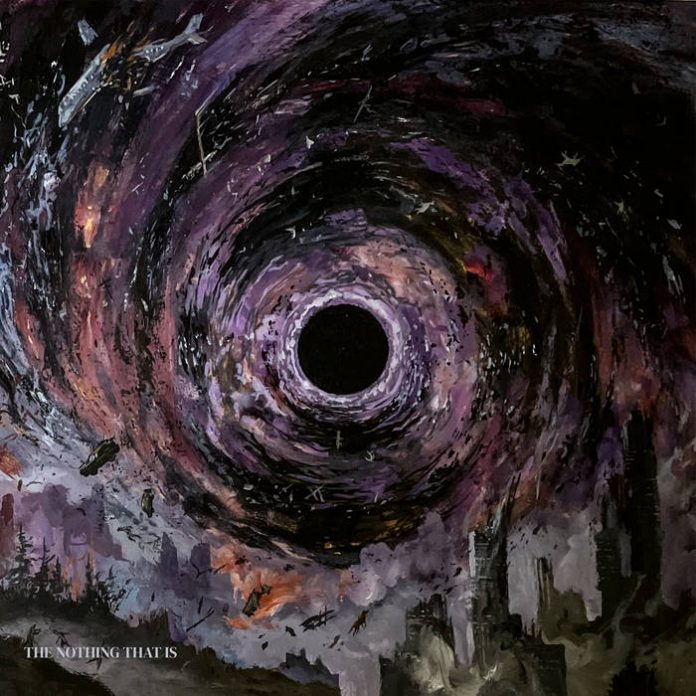Fit For An Autopsy’s latest release, The Nothing That Is, reaffirms their place as a driving force in modern deathcore, delivering the pulverizing sound and atmosphere fans have come to expect from the Jersey-based rockers. Packed with crushing riffs, ambient choruses, and explosive breakdowns, this album is a direct descendant of their past two efforts, The Sea of Tragic Beasts (2019) and Oh What the Future Holds (2022), blending the best elements of both. While The Nothing That Is doesn’t reinvent their style, it showcases the band’s prowess and precision, ensuring longtime listeners will find plenty to enjoy. From the opening track, it’s clear that this record is crafted for fans who’ve followed FFAA’s recent trajectory; the familiar formula is all here: the heavy riffs hit with immense power, the ambient passages offer a dark, cinematic quality, and the production allows each element to mesh flawlessly.
The album’s strength lies in its precision and consistency. Will Putney’s signature production style is sharp and expansive, capturing the crushing weight of the guitar work while letting Joe Badolato’s growls and screams cut through with chilling clarity. The rhythmic foundation laid by drummer Josean Orta is as tight as ever, with his blast beats and double bass adding relentless intensity to each track. The guitar duo of Pat Sheridan and Tim Howley maintain the band’s sonic signature, moving fluidly between brutal riffing and atmospheric leads that give the album a haunting undertone. Even though the bass often sits subtly in the mix, it underpins the album’s weighty soundscape, adding depth to the overall impact.
While The Nothing That Is may not push the boundaries of deathcore, it’s a solid record that captures the core essence of what FFAA does best. The atmospheric interludes feel cinematic, and the intensity is consistent throughout, offering a relentless journey from start to finish. However, it’s hard not to wish for a bit more experimentation, especially given the band’s recent momentum. A few unexpected twists could have elevated this album from “satisfying” to “memorable,” but for fans of FFAA, it’s hard to find fault with the album’s focused execution.
My main critique of The Nothing That Is lies in the balance between instrumentals and vocals, which didn’t quite hit the mark for me this time around. FFAA’s style traditionally emphasizes powerful, upfront vocals, making them central to their sound and very present across each track, both a signature strength and a potential drawback; while it adds to the band’s defining intensity, it can also feel overwhelming at times amidst the relentless chaos. On this album, the vocals (despite their impressive delivery) often overshadow the rest of the band, intruding in moments where an instrumental section might have allowed the music to breathe more fully. Additionally, the frequent chord-based riffs and ambient textures create a massive, atmospheric sound, but when combined with the incessant vocal presence, can make the experience feel one-dimensional as the album progresses. The result is a wall of sound that, while powerful, sometimes feel numbing rather than engaging, as the finer subtleties of the musicianship are sometimes lost in the mix.
Despite that, The Nothing That Is is a powerful addition to Fit For An Autopsy’s discography, cementing their status in deathcore with a familiar but well-executed sound. For long-time fans, this record will feel like coming home, full of the brutal energy and bleak atmosphere that define the band. New listeners may find it an accessible entry point into FFAA’s world, though it might leave some craving a bit more innovation. Nevertheless, the album proves that even without major reinvention, the band can still deliver a formidable wall of sound that leaves a lasting impression.


